Xia Zeng
Automated Proof of Polynomial Inequalities via Reinforcement Learning
Mar 09, 2025Abstract:Polynomial inequality proving is fundamental to many mathematical disciplines and finds wide applications in diverse fields. Current traditional algebraic methods are based on searching for a polynomial positive definite representation over a set of basis. However, these methods are limited by truncation degree. To address this issue, this paper proposes an approach based on reinforcement learning to find a {Krivine-basis} representation for proving polynomial inequalities. Specifically, we formulate the inequality proving problem as a linear programming (LP) problem and encode it as a basis selection problem using reinforcement learning (RL), achieving a non-negative {Krivine basis}. Moreover, a fast multivariate polynomial multiplication method based on Fast Fourier Transform (FFT) is employed to enhance the efficiency of action space search. Furthermore, we have implemented a tool called {APPIRL} (Automated Proof of Polynomial Inequalities via Reinforcement Learning). Experimental evaluation on benchmark problems demonstrates the feasibility and effectiveness of our approach. In addition, {APPIRL} has been successfully applied to solve the maximum stable set problem.
MAPLE: Micro Analysis of Pairwise Language Evolution for Few-Shot Claim Verification
Jan 29, 2024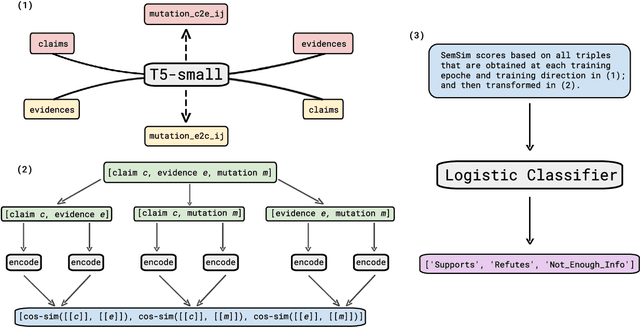
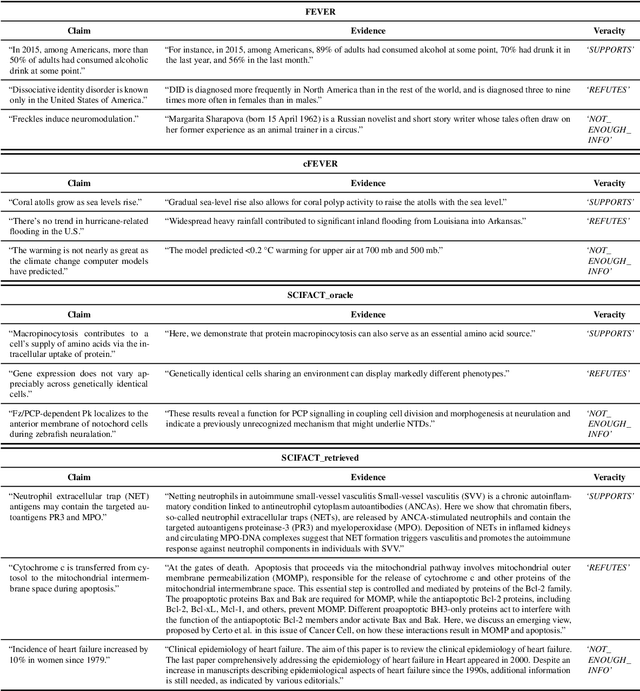
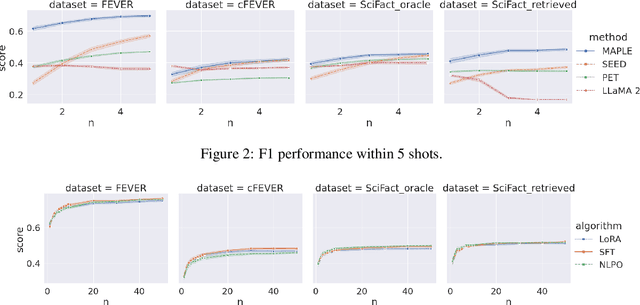

Abstract:Claim verification is an essential step in the automated fact-checking pipeline which assesses the veracity of a claim against a piece of evidence. In this work, we explore the potential of few-shot claim verification, where only very limited data is available for supervision. We propose MAPLE (Micro Analysis of Pairwise Language Evolution), a pioneering approach that explores the alignment between a claim and its evidence with a small seq2seq model and a novel semantic measure. Its innovative utilization of micro language evolution path leverages unlabelled pairwise data to facilitate claim verification while imposing low demand on data annotations and computing resources. MAPLE demonstrates significant performance improvements over SOTA baselines SEED, PET and LLaMA 2 across three fact-checking datasets: FEVER, Climate FEVER, and SciFact. Data and code are available here: https://github.com/XiaZeng0223/MAPLE
Active PETs: Active Data Annotation Prioritisation for Few-Shot Claim Verification with Pattern Exploiting Training
Aug 18, 2022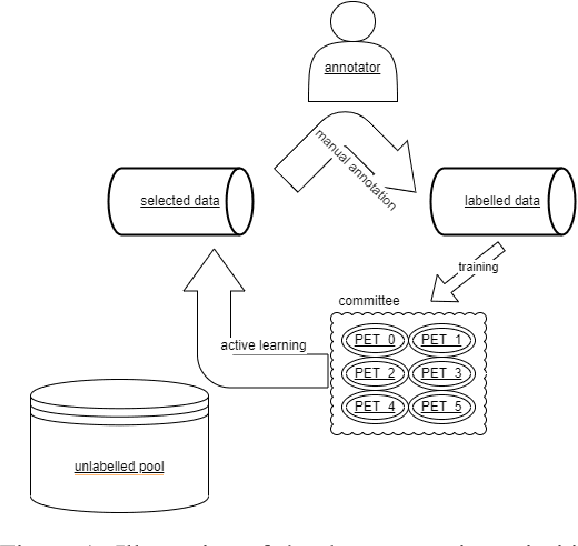
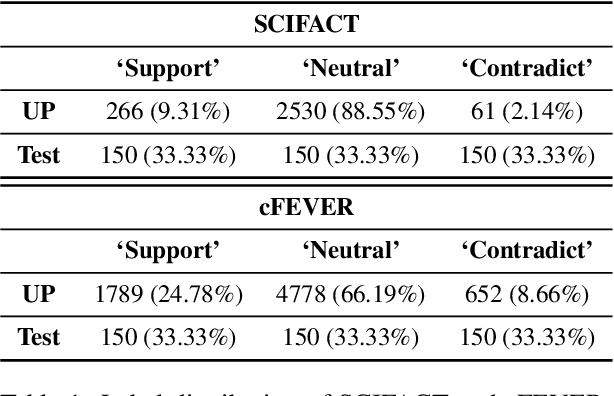
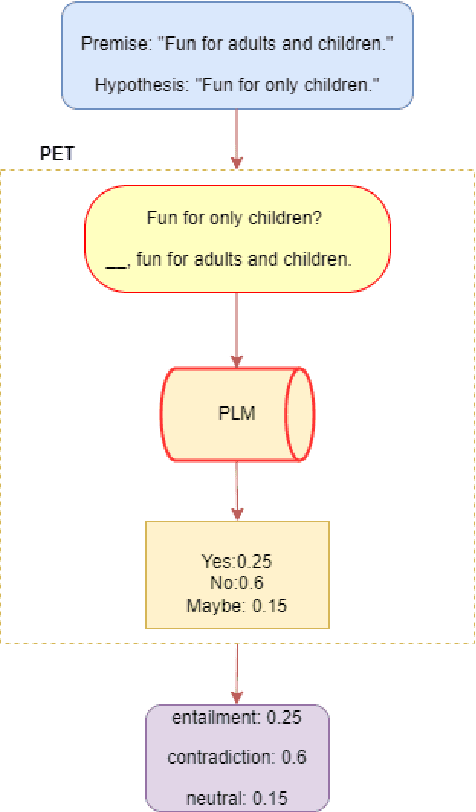
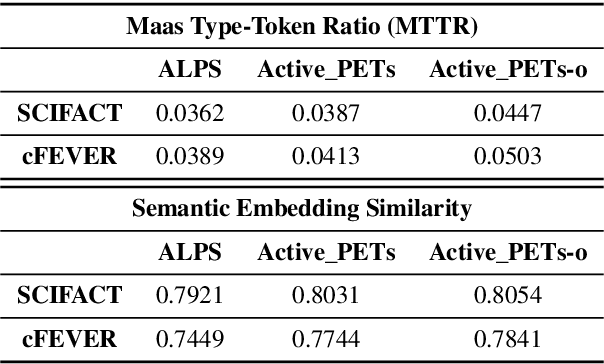
Abstract:To mitigate the impact of data scarcity on fact-checking systems, we focus on few-shot claim verification. Despite recent work on few-shot classification by proposing advanced language models, there is a dearth of research in data annotation prioritisation that improves the selection of the few shots to be labelled for optimal model performance. We propose Active PETs, a novel weighted approach that utilises an ensemble of Pattern Exploiting Training (PET) models based on various language models, to actively select unlabelled data as candidates for annotation. Using Active PETs for data selection shows consistent improvement over the state-of-the-art active learning method, on two technical fact-checking datasets and using six different pretrained language models. We show further improvement with Active PETs-o, which further integrates an oversampling strategy. Our approach enables effective selection of instances to be labelled where unlabelled data is abundant but resources for labelling are limited, leading to consistently improved few-shot claim verification performance. Our code will be available upon publication.
Aggregating Pairwise Semantic Differences for Few-Shot Claim Veracity Classification
May 11, 2022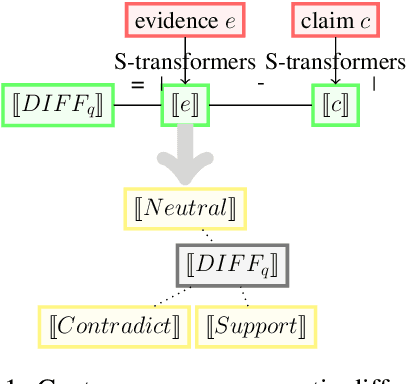
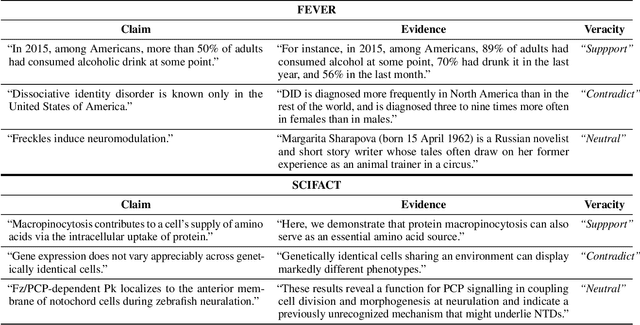
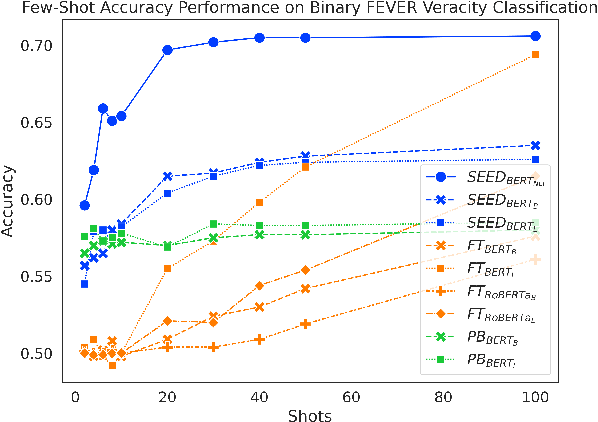
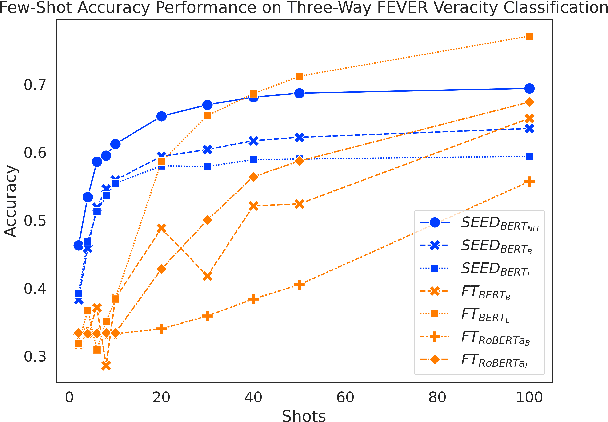
Abstract:As part of an automated fact-checking pipeline, the claim veracity classification task consists in determining if a claim is supported by an associated piece of evidence. The complexity of gathering labelled claim-evidence pairs leads to a scarcity of datasets, particularly when dealing with new domains. In this paper, we introduce SEED, a novel vector-based method to few-shot claim veracity classification that aggregates pairwise semantic differences for claim-evidence pairs. We build on the hypothesis that we can simulate class representative vectors that capture average semantic differences for claim-evidence pairs in a class, which can then be used for classification of new instances. We compare the performance of our method with competitive baselines including fine-tuned BERT/RoBERTa models, as well as the state-of-the-art few-shot veracity classification method that leverages language model perplexity. Experiments conducted on the FEVER and SCIFACT datasets show consistent improvements over competitive baselines in few-shot settings. Our code is available.
Automated Fact-Checking: A Survey
Sep 23, 2021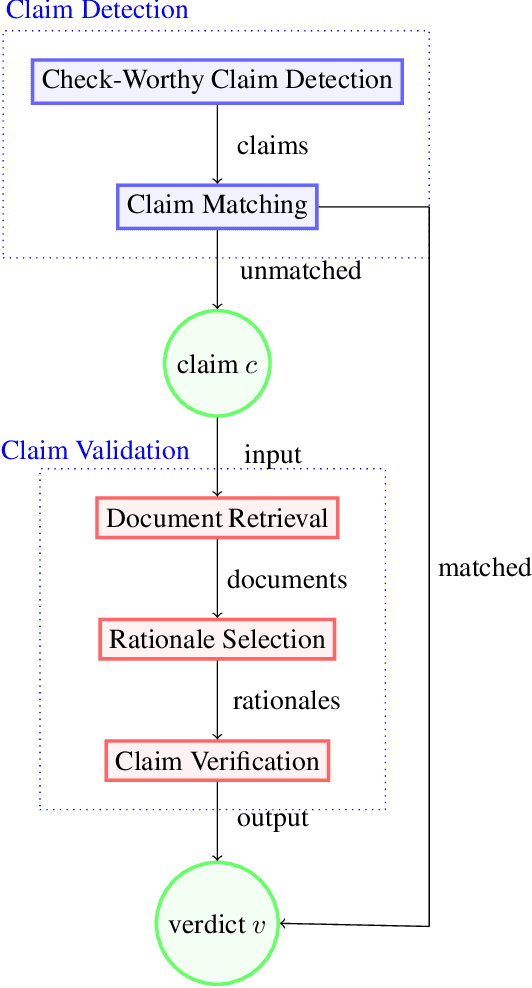
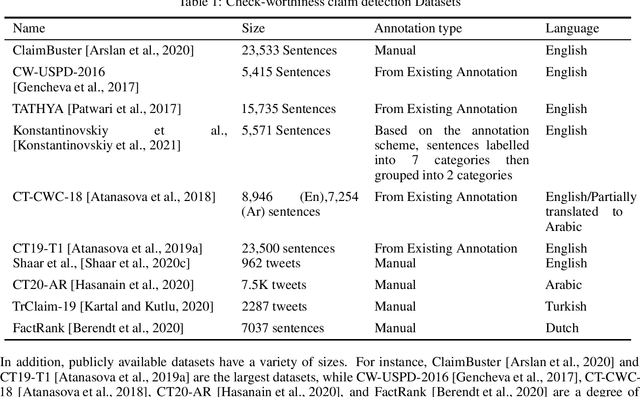
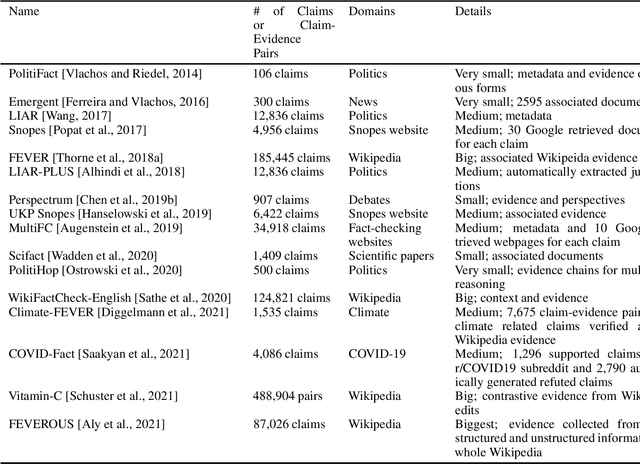
Abstract:As online false information continues to grow, automated fact-checking has gained an increasing amount of attention in recent years. Researchers in the field of Natural Language Processing (NLP) have contributed to the task by building fact-checking datasets, devising automated fact-checking pipelines and proposing NLP methods to further research in the development of different components. This paper reviews relevant research on automated fact-checking covering both the claim detection and claim validation components.
QMUL-SDS at SCIVER: Step-by-Step Binary Classification for Scientific Claim Verification
Apr 23, 2021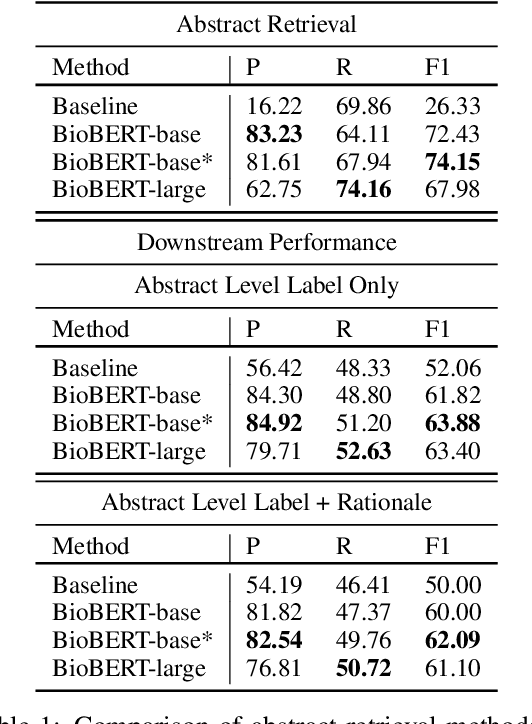
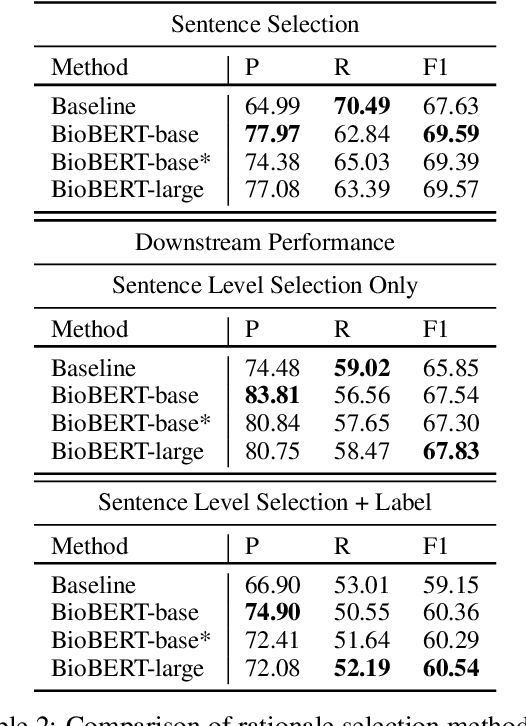
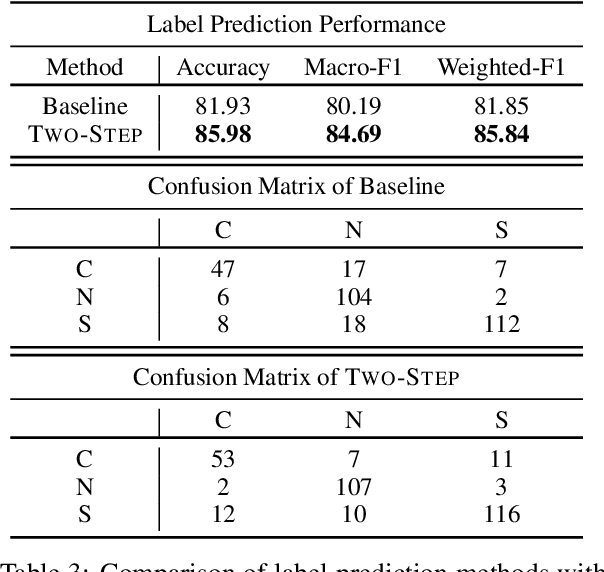
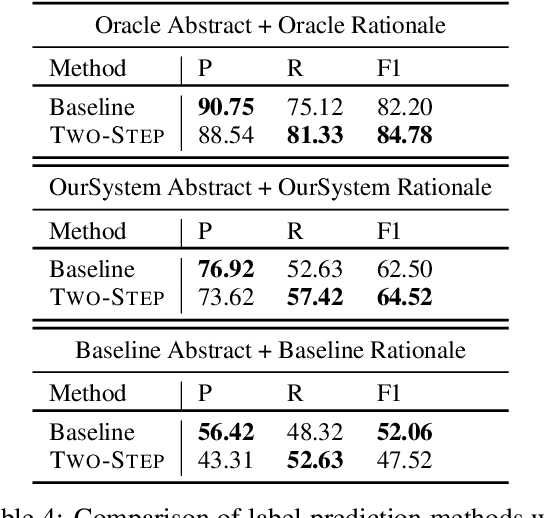
Abstract:Scientific claim verification is a unique challenge that is attracting increasing interest. The SCIVER shared task offers a benchmark scenario to test and compare claim verification approaches by participating teams and consists in three steps: relevant abstract selection, rationale selection and label prediction. In this paper, we present team QMUL-SDS's participation in the shared task. We propose an approach that performs scientific claim verification by doing binary classifications step-by-step. We trained a BioBERT-large classifier to select abstracts based on pairwise relevance assessments for each <claim, title of the abstract> and continued to train it to select rationales out of each retrieved abstract based on <claim, sentence>. We then propose a two-step setting for label prediction, i.e. first predicting "NOT_ENOUGH_INFO" or "ENOUGH_INFO", then label those marked as "ENOUGH_INFO" as either "SUPPORT" or "CONTRADICT". Compared to the baseline system, we achieve substantial improvements on the dev set. As a result, our team is the No. 4 team on the leaderboard.
Learning Safe Neural Network Controllers with Barrier Certificates
Sep 18, 2020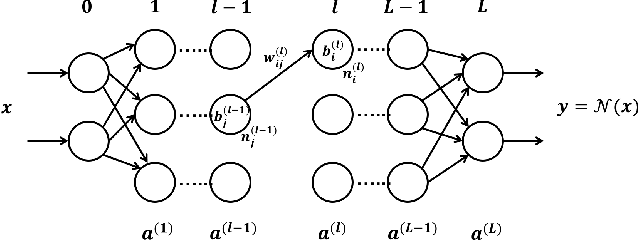

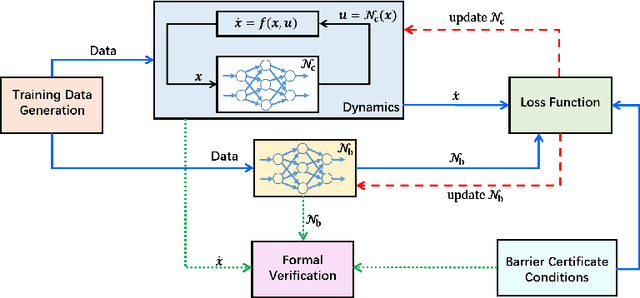

Abstract:We provide a novel approach to synthesize controllers for nonlinear continuous dynamical systems with control against safety properties. The controllers are based on neural networks (NNs). To certify the safety property we utilize barrier functions, which are represented by NNs as well. We train the controller-NN and barrier-NN simultaneously, achieving a verification-in-the-loop synthesis. We provide a prototype tool nncontroller with a number of case studies. The experiment results confirm the feasibility and efficacy of our approach.
 Add to Chrome
Add to Chrome Add to Firefox
Add to Firefox Add to Edge
Add to Edge